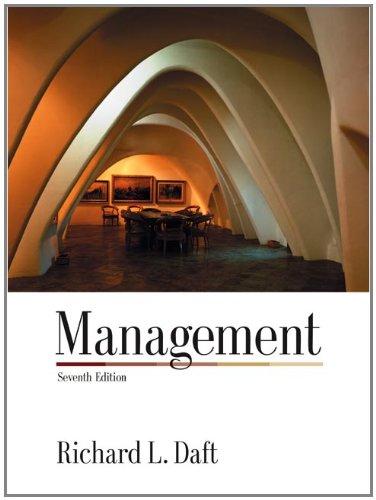Information systems and knowledge systems are important and complimentary structures within organisations that help managers to understand,
Question:
Information systems and knowledge systems are important and complimentary structures within organisations that help managers to understand, develop and utilise the strengths of the organisation to create a competitive advantage - this is referred to as Organisational Intelligence. To remain competitive in an increasingly globalised and digitised world, managers must consider organisational intelligence, the capabilities of their employees, and how the organisation relates and interacts with its stakeholders to identify appropriate strategies for managing talent and knowledge within the organisation. Artificial Intelligence (AI) presents opportunities for automating time-consuming HR practices, such as matching applicants' strengths with available job roles in organisations. Al has the ability to rank applicants for a job while eliminating potential human bias from the screening process, and respond to applicants quickly so that the organisation is less likely to lose a top applicant to a competitor. The automating of otherwise time-consuming tasks allows HR departments to spend less time on process-driven tasks, and more time on managing and implementing the organisation's strategic initiatives. Organisations such as Pitney Bowes, an organisation that facilitates business transactions and logistics, deployed Al to help it hire new employees to fill an e-commerce fulfilment centre. The centre processes up to 44 000 parcels per hour, so the human resources required to run the centre demanded high-volume hiring in a short period of time. Al, deployed via a chatbot on the company's careers webpage, asked potential applicants a range of basic screening questions to determine if the visitor would be a good fit for the roles available. Once screened, the bot would then schedule an interview, send invitations to the applicant and required staff, and identify appropriate positions based on the preferences indicated by the applicant to the bot (i.e. seeking full-time or part-time hours). The vice-president of global talent management, Brigitte Van Den Houte, noted that 'for areas where we have a high- volume recruitment challenge, Al has helped us to scale efficiently without having to temporarily deploy additional recruiters'. The use of Al has enabled Pitney Bowes to reduce the time to fill some roles by as much as nine days, and has allowed its HR employees to better focus on informing and responding to the organisation's strategy. Question Deploying Al to assist human resources activities has some obvious efficiency gains, however, there are challenges with respect to identifying how Al can be most appropriately deployed within organisations. Identifying appropriate opportunities and use cases for Al is a difficult task, but it's important to ensure the task is explored, and not avoided - as applying Al without careful planning can lead to unintended consequences, and reduce Organisational Intelligence rather than improve it. What do you think would be most difficult about identifying appropriate uses of Al in organisations? What sorts of repercussions could you expect if Al was deployed without a well-designed plan?
Step by Step Answer:







